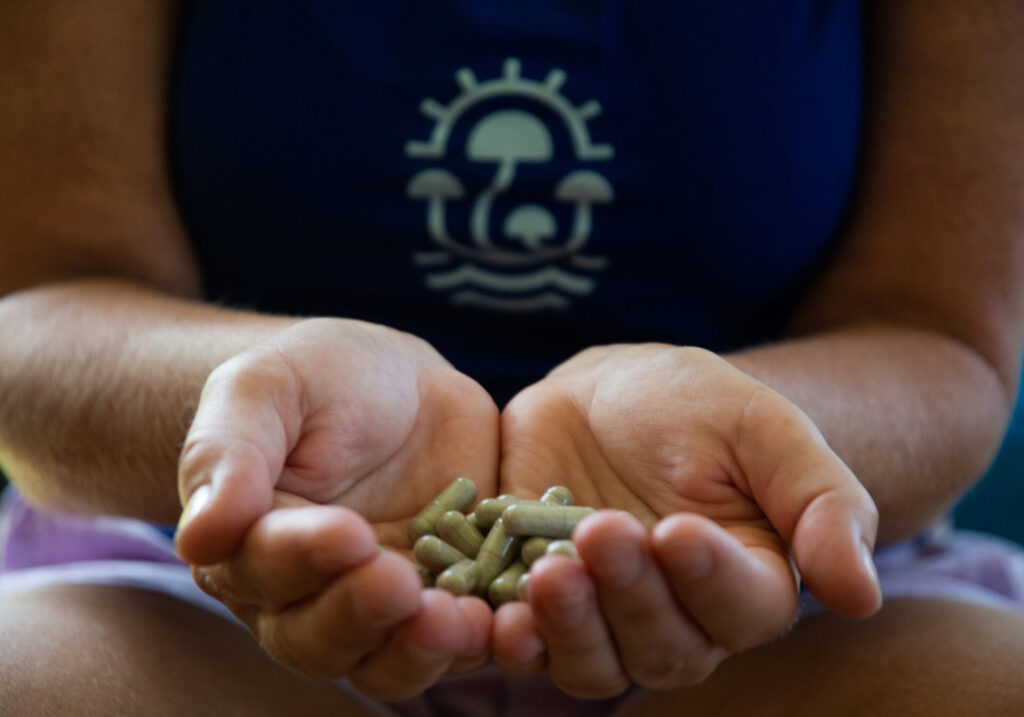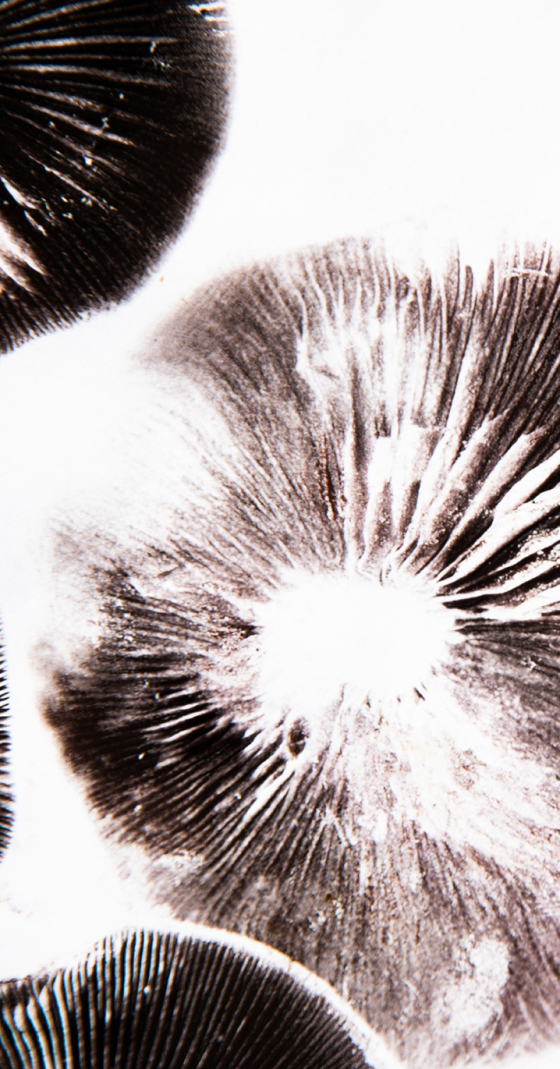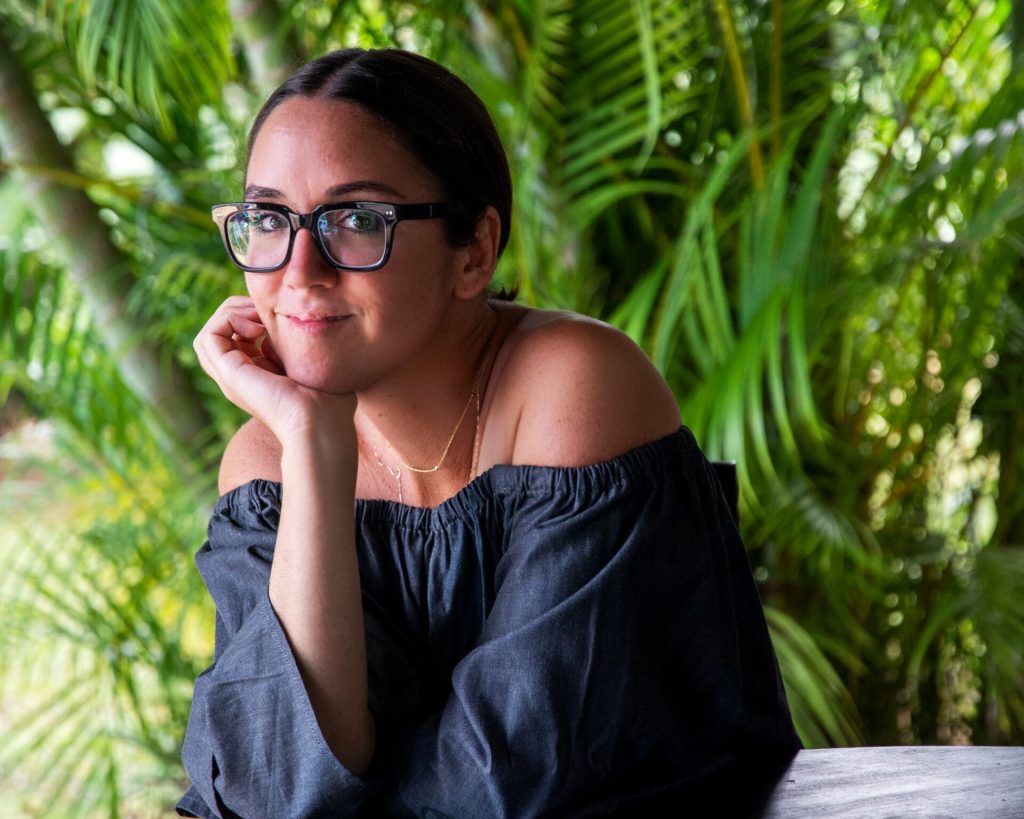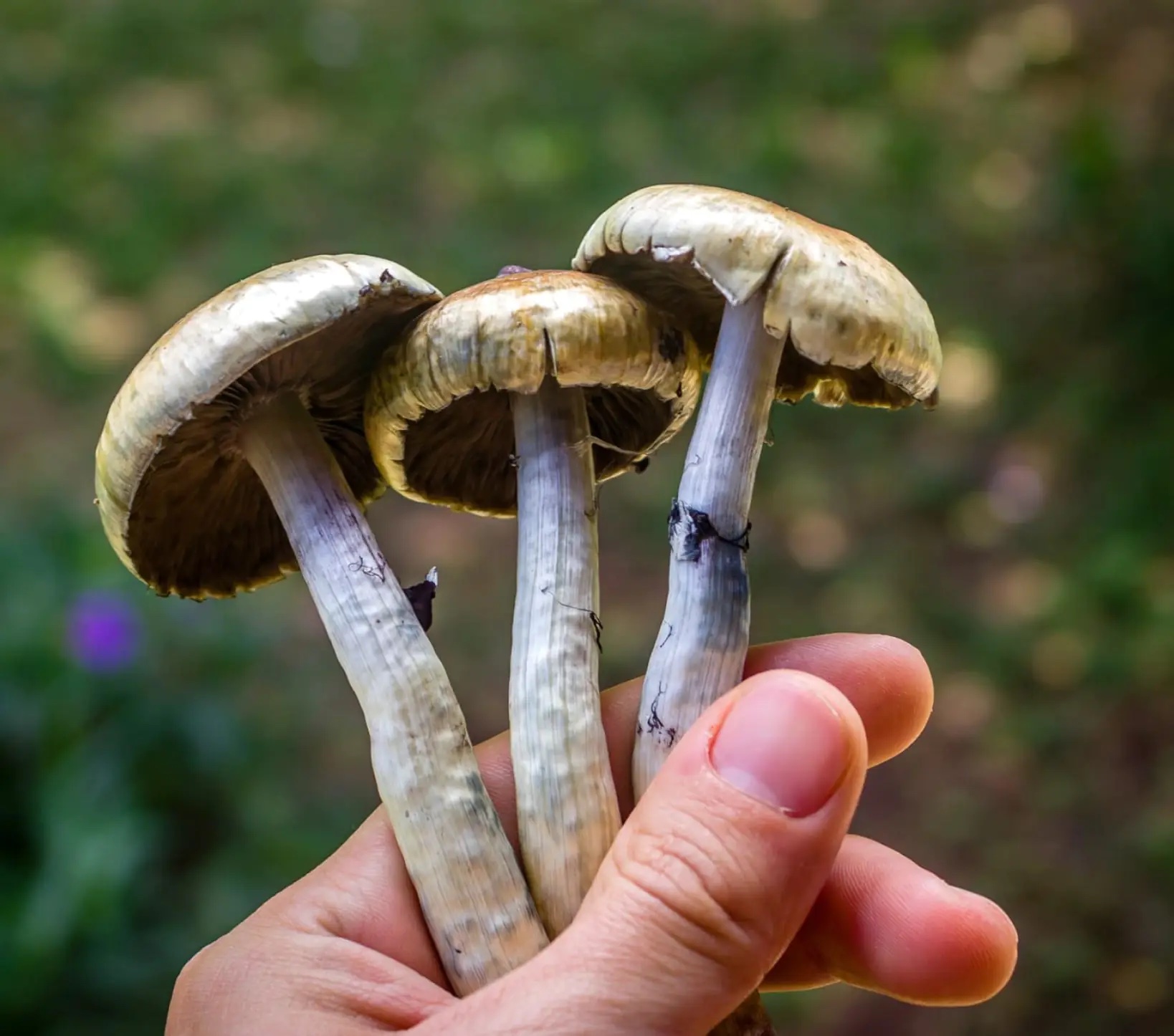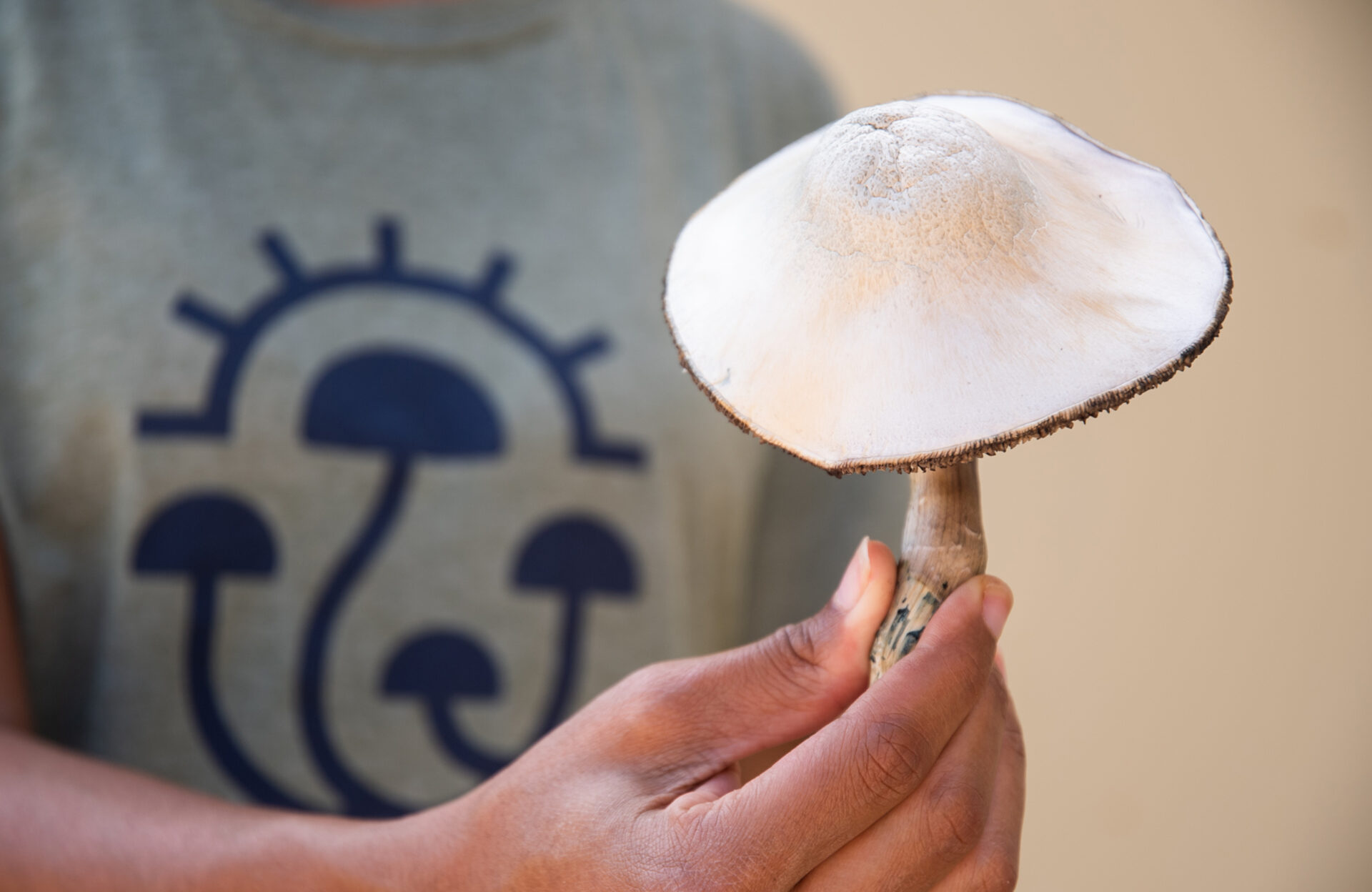
Microdosing vs. Psychedelic Therapy: Key Differences, Benefits, and Risks
This article discusses the differences between microdosing and psychedelic therapy. How do the two main options for psychedelic wellness compare?
Microdosing Psychedelics is Not the Same As Psychedelic Therapy
Living with depression, anxiety, PTSD, and other mental health challenges can be incredibly difficult. Many people have tried conventional treatments for years, or even decades, with little success. Psychedelics are gaining traction as a way to tackle these challenges better, and various options ranging from microdosing protocols, ayahuasca retreats, ketamine clinics, and psilocybin retreats are emerging for people to try.
Microdosing in particular has gained popularity as a way for people to try and experience the potential benefits of psychedelics, magic mushrooms in particular, in an attempt to improve their mental health. News outlets from The Guardian to The New York Times and National Geographic have written extensively about this growing trend, and microdosing retreats for mental health issues have started to appear as discussions of psilocybin-assisted therapy become more mainstream.
But microdosing has its limits. Read below to learn the differences between microdosing and psychedelic therapy. This will help clarify why most psychedelic retreats exclusively use what, instead, might be called “macrodoses” (i.e., larger doses of psilocybin mushrooms or other psychedelic medicines) instead of microdosing.
Microdosing vs. Psychedelic Therapy: An Overview
Microdosing involves taking sub-perceptual doses of a psychedelic, typically a classic psychedelic like psilocybin mushrooms or LSD. ‘Sub-perceptual’ means that the dose is small enough so that no perceptual effects occur, such as visual distortions. However, a microdose also means that other classic psychedelic effects will be absent, including intense emotions, laughing fits, deep introspection, or even mystical experiences.
Many people opt for microdosing as a less intense way to address mental health issues. Others claim it helps enhance other aspects of life, such as focus, concentration, mindfulness, creativity, productivity, and relationships.
Psychedelic therapy, in contrast, involves working with macrodoses. These are doses high enough to induce classic psychedelic effects. The primary motivation for choosing psychedelic therapy is to alleviate a mental health condition. Nonetheless, other benefits may arise, such as an enhanced sense of meaning, purpose, and spirituality.
A key difference between microdosing and psychedelic therapy is that, in the former, you take the dose on your own and then go about your day. In the latter case, you take the dose in the presence of one or more therapists. In psychedelic therapy, you lie down with an eye mask and headphones on, playing a pre-selected playlist. It’s very much a deep, internal experience. The effects are typically strong and highly pronounced, so it’s important to have one or more facilitators present for psychological support.
Since microdosing creates more subtle effects, you should be able to function as you usually would. You don’t need a facilitator or guide present with you to offer emotional support or guide you through the experience when microdosing.

Supposed Effects of Microdosing: Does it Work?
Researchers have studied the claimed benefits of microdosing, and the results are mixed. Survey-based studies have found that people who microdose experience mental health benefits, such as reduced depression and anxiety. Observational studies provide the same evidence: microdosers experience greater improvements in mental health than non-microdosers. Nevertheless, these studies have methodological limitations. They don’t demonstrate that microdosing itself causes these benefits.
Indeed, if we look at placebo-controlled studies on microdosing, which involve a more rigorous methodology, we find that there’s no significant difference between taking a microdose and a placebo. In other words, the placebo effect—the expectation of a benefit leading to that benefit—helps explain why microdosing works for many people. However, one placebo-controlled study did find that microdoses of LSD reduced pain perception more than a placebo.
The supposed convenience of avoiding challenging psychological experiences with smaller doses of psychedelics can also make microdosing a less-than-ideal psychedelic treatment. To reap the real mental health benefits of psychedelic therapy, people often need to face challenging or even frightening psychological experiences. Taking high doses of psychedelics is what allows people to access trauma at its core, where it can be processed. Microdosing simply does not get people there.
The potential benefits of taking a high dose of psilocybin when done intentionally in a safe, supportive setting with time to effectively integrate the experience far outweigh the subjective effects that come with microdosing.
So, how would we compare microdosing with psychedelic therapy done at a psilocybin-assisted retreat? Are you considering trying a microdosing retreat? Continue reading to learn the differences between microdosing and psychedelic therapy.
Microdosing vs. Psychedelic Therapy with Psilocybin Mushrooms: The Difference is in the Dose
Instead of taking sub-perceptual amounts of psilocybin mushrooms (0.1g–0.2g) as with microdosing, psilocybin retreats provide guests with high doses, possibly anywhere in the range of 3-15g of dried psilocybin mushrooms during their stay. These dosing ranges are what many people would describe as a “heroic dose”. The amount may increase in this range throughout the retreat week with each of the dosing sessions. While psychedelic therapy typically involves high doses of psilocybin, such as 25 mg, doses of dried psilocybin mushrooms at retreats often exceed this dose of pure psilocybin.
The dosage used at a psychedelic retreat depends on many personal factors for each guest, which are determined through each retreat’s unique protocol. Some retreats may have standardized dosing, while others tailor the dose to the individual needs of each guest.
Facilitators take into account an extensive list of factors to decide the optimal psilocybin therapy dose for each individual, such as sensitivity to various substances or medications, personality type, mental health status, trauma history, inner psychological resources, and past use of psychedelics.
Why do many psilocybin retreats work with such high doses? As a psilocybin retreat center, we repeatedly see that people with intractable cases of depression and anxiety simply need to be pulled out of the negative mental pattern they are stuck in, which is only accomplished by larger doses. This is where the Default Mode Network, or “DMN,” comes in.
Microdosing vs. Psychedelic Therapy: Activity in the Default Mode Network
The Default Mode Network describes the state of our brains when we are at rest. The DMN is often associated with activities such as daydreaming and self-reflection. For many people with mental health conditions such as depression or anxiety, a hyperactive DMN essentially causes them to get stuck in negative ruminations. This involves spending an unhealthy amount of time replaying distressing thoughts related to themselves, their lives, other people, and the world around them.
Psilocybin has been shown to reduce activity in the Default Mode Network, allowing the brain to create new neural connections. This process is greatly enhanced when taking larger doses compared to microdosing. With the DMN offline, people have a window for novel experiences. They can learn to better relate to themselves, others, nature, or society. This rich, new experience then factors into the brain's neural connections when the DMN comes back online. With effective psychedelic therapy and integration, the Default Mode Network takes this fresh experience into account and helps the individual find a “new normal”.
In contrast, there’s no evidence that microdosing can affect the DMN in the same way that psychedelic therapy can. It requires a macrodose to enact significant changes in this brain network. While microdosing may enhance neuroplasticity—increasing neural connections, which can benefit mental health—the positive aftereffects of significantly reducing DMN activity are missed.
Microdosing vs. Psychedelic Therapy: Positive Effects of Higher Dose Magic Mushroom Sessions
Psilocybin-assisted retreats also create cathartic psychological experiences, which is the same result of psychedelic therapy in a clinical setting. Besides the process involving the Default Mode Network, psilocybin also acts as a chemical key to open people up to deeper layers of the mind, which isn't possible in the same way with microdosing.
With higher doses of psilocybin mushrooms, many of the emotions and feelings that have been subdued, ignored, or forgotten begin to emerge. These are often experiences that stem from childhood and our earliest encounters in life. High-dose psychedelic therapy gives someone hours to work with their deepest, core emotions and memories. During this time, an extraordinary amount of healing can be done. Microdosing simply will not open you up to this level of depth or provide the same level of therapeutic benefits.
Here's an analogy to describe macrodosing experiences: Imagine the various layers of soil as your mind. You have the topsoil down to the bedrock. Microdosing can facilitate work at the uppermost layers, as it can activate new perspectives and insights, creating subtle shifts. Whereas with psychedelic therapy, providing larger doses of psilocybin is like drilling into the bedrock. These deeper layers (of our psyche) are where our problems stem from and where trauma is buried.
High-dose psychedelic therapy aims to go to the root cause of psychological suffering, including dealing with traumatic experiences. To cope with trauma, an individual's psyche often uses defense mechanisms such as repressed memories or dissociative amnesia. It is much more difficult to move past these barriers with microdosing.
Dealing with Psychological Effects and Challenging Experiences
Of course, high-dose psilocybin experiences can be challenging and frightening. That is why psilocybin retreats should have trained therapists and facilitators and provide guests ample time each day to reflect and integrate their experiences.
Microdosing may ensure you won't have difficult experiences. However, finding the courage to face uncomfortable feelings is often necessary for healing. Indeed, research by Griffiths et al. (2016) found that many people view their most challenging psychedelic experience as highly meaningful and spiritual, and that it led to an improved sense of well-being or life satisfaction.
That isn't to say that these profound experiences on high doses of psilocybin mushrooms always have to be difficult—often, they are the most blissful experience someone will ever have. The key is being prepared and supported, because the therapeutic outcomes can be tremendous with high-dose work.
The Risks of Psychedelic Therapy
It’s important to acknowledge that working with high-dose psychedelic therapy can involve certain risks. For example, a small minority of people in the Griffiths et al. study sought treatment for the enduring distress they experienced after their challenging experience. More recent research has also brought to light the extended difficulties that some people experience after intense psychedelic journeys. Nonetheless, the majority of these difficulties occurred in an uncontrolled setting, without therapeutic intent or a guide present.
This is why any legitimate psychedelic retreat should only work with highly trained and vetted facilitators. It also underscores the need for a controlled setting, proper screening, preparation, psychological support during sessions, and post-session integration. This ensures that, should difficult emotions arise during a session, they can be addressed and worked through effectively. This helps to both maximize the potential benefits of these experiences and minimize the risks involved.
The Risks of Microdosing
The potential risks of microdosing aren’t discussed enough. So far, the evidence shows that psychedelic therapy is physically safe. Taking macrodoses of psychedelics is non-toxic—it doesn’t cause damage to any of the organs.
On the other hand, psychedelic researchers such as Kelan Thomas have raised concerns about chronic microdosing, that is, microdosing two, three, or more times a week, for several weeks or months, which is what microdosing regimens typically recommend. Thomas and other researchers worry that this may put heart health at risk. This is because classic psychedelics activate the serotonin 5-HT2B receptor, and other drugs that frequently activate this receptor have been shown to increase the risk of valvular heart disease (VHD).
Of course, we need more evidence to establish the link between long-term microdosing and effects on the heart.
We hope this helps you understand the differences between microdosing and psychedelic therapy, and why we focus on psychedelic therapy at MycoMeditations. At the end of the day, regardless of whether you choose to explore a microdosing retreat or a high-dose psilocybin retreat like ours, healing is defined by nobody besides you.


